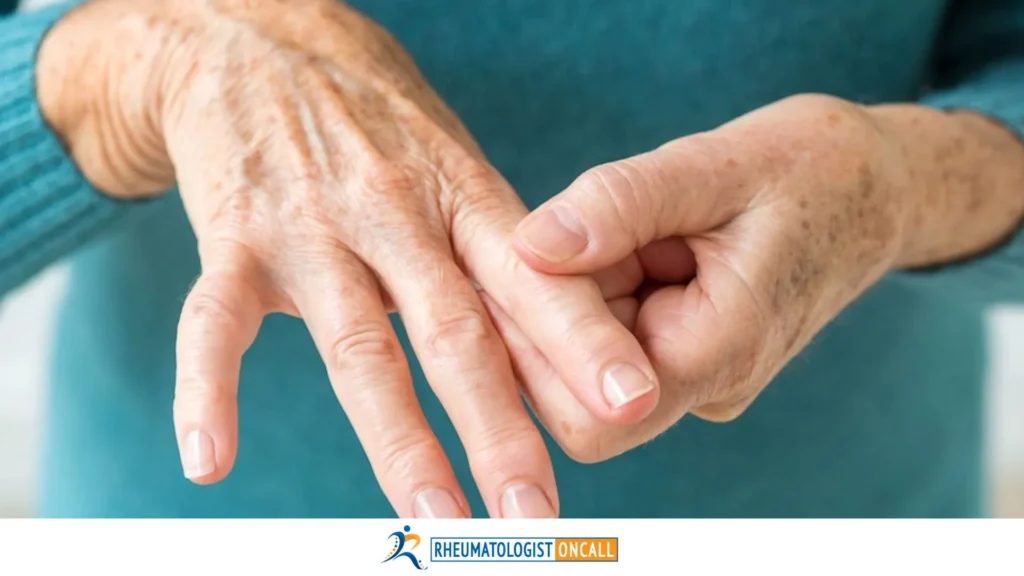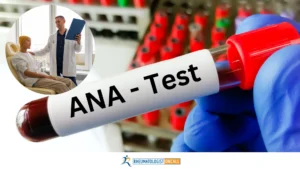SHARE
Have you ever woken up to swollen and painful hands or toes? Or experienced excessive thirst throughout the day? These seemingly minor inconveniences could indicate either Rheumatoid Arthritis or Sjogren’s Disease.
This article will delve into these common autoimmune disorders and help you understand them better, from how they are similar to what will differentiate them.
Rheumatoid Arthritis
What is Rheumatoid Arthritis?
Rheumatoid Arthritis primarily affects the small joints in your hands and feet. It targets larger and smaller knuckles, wrists, or thumbs in symmetric and bilateral patterns.
Common symptoms include:
- Pain, swelling, and stiffness in both hands and feet.
- Visible joint inflammation.
- Morning stiffness lasts over an hour but improves with movement.
- Occasional low-grade fever, dry eyes, dry mouth, and muscle pain.
How is Rheumatoid Arthritis Diagnosed?
Rheumatoid Arthritis diagnosis involves evaluating clinical symptoms and their duration and using certain blood tests (such as markers of inflammation, Rheumatic Factor, and anti-CCP antibodies) and imaging techniques like X-rays or MRIs.
Sjogren’s Disease
What is Sjogren’s Disease?
Sjogren’s Disease (previously named Sjogren’s Syndrome) is a complex autoimmune disorder that can occur independently or alongside other autoimmune conditions like Rheumatoid Arthritis, autoimmune liver disease (Primary Biliary Cirrhosis), or Autoimmune Thyroiditis.
Symptoms vary widely from
- Extreme fatigue
- Dryness in the eyes and mouth
- Lung disease
- Muscle pain
- Joint pain
- Neurological issues ( e.g., from numbness and tingling in the hands or feet to brain damage).
How Does Sjogren’s Disease Impact Joints?
Approximately half of individuals with Sjogren’s disease experience joint and muscle pain. It affects small or big joints like hands, wrists, and knees, causing pain and prolonged stiffness for hours. However, unlike rheumatoid arthritis, it does not result in severe swelling or joint deformities.
How is Sjogren’s Disease diagnosed?

The diagnostic process entails observing symptoms while conducting specific blood tests, including a lip biopsy. The most common blood tests used in sjogren’s disease are
- ANA (antinuclear antibodies) test
- SSA and SSB antibodies
- Complement Levels
- Urinalysis
- Complete cell count
- Comprehensive metabolic panel
- Rheumatoid factor
- Serum electrophoresis
Rheumatoid Arthritis vs. Sjogren’s Disease: Similarities and Differences
Similarities
- Both conditions can affect the hands, wrists, and knees, causing dry eyes and mouth.
- Both may lead to lung complications such as fibrosis and breathing difficulties.
- Fatigue and fibromyalgia are common symptoms of both disorders
- Certain antibodies may be detected through blood tests for either condition (e.g., Positive ANA test or positive Rheumatoid Factor)
Differences
- Untreated Rheumatoid Arthritis can cause joint deformities, whereas Sjogren’s disease does not.
- While rheumatoid arthritis erodes joints, Sjogren’s Disease extensively affects other body parts (eyes, mouth, lungs, peripheral nervous system, brain) but doesn’t damage joints.
Seeking Assistance for Rheumatoid Arthritis or Sjogren’s Disease
Living with the pain and uncertainty associated with Rheumatoid Arthritis or Sjogren’s Disease can be overwhelming. Unfortunately, seeing a specialist often involves long waiting periods that only add to your distress. If you seek prompt, affordable, high-quality care, consider contacting Rheumatologist OnCall. We offer consultations from your home, making it convenient without delays. We operate across multiple US states while catering to international patients who need a second opinion about their diagnosis and therapeutic options.
In Conclusion
Understanding these autoimmune disorders is crucial for early diagnosis, treatment, and management. If you suspect yourself or someone else experiencing symptoms related to these conditions, seek professional medical advice and always prioritize your health!














